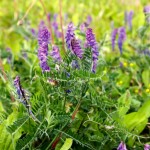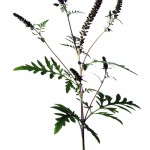
Pest Patrol: Improving spray coverage and reducing drift
Working 9 to 5: What a way to kill those weeds!

The road ahead for soybean growers
Soybean Guide: What makes you so sure that you can plant more soybeans and still pull off good yields?

A cover crop that buzzes
Phacelia can fit a variety of cropping systems, and it’s popular with bees

Stacked tolerance traits taking on herbicide-resistant weeds
Next-generation herbicide stacks are on their way to help fight not only weed resistance, but more weed species too

Advanced corn crop management
Corn Guide: Nutrient uptake during grain fill is the new pathway to even higher yields

Herbicide-resistant weeds are our biggest threat
There’s no reason why the West must become an Arkansas-style nightmare because of weed resistance, but we may be heading there anyway
Pest Patrol: Weed control update on vetch
Can I do anything to get rid of vetch before seeding soybeans?

Pest Patrol: options for tufted vetch
Can I do anything to get rid of vetch before seeding soybeans?

Another story on Canada fleabane?
Yes, because the message isn’t getting through, and the situation is getting serious

Fine tuning for weeds
With more resistance, it’s time to be sure we’re using the right words the right way


